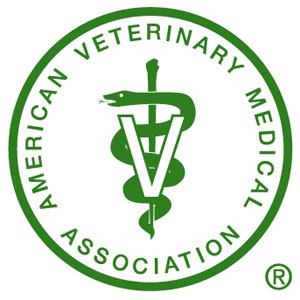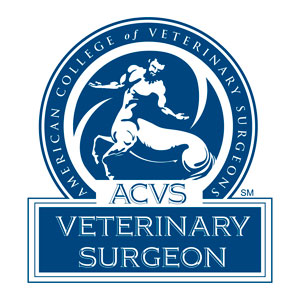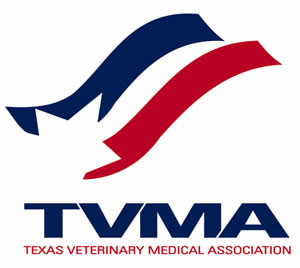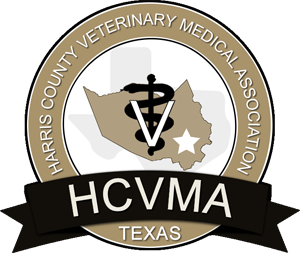Basics About Total Hip Replacements for Dogs & Cats
 Q: What are the indications for a total hip replacement procedure?
Q: What are the indications for a total hip replacement procedure?
A: One of the most frequent indications - approximately 80% of the time - for total hip replacement in dogs is the relief of pain and lameness caused by hip dysplasia secondary to severe arthritis. Other indications for this procedure include complicated hip luxation, capital physeal fractures, femoral neck fractures, avascular necrosis of the femoral head (Legg-Perthes Disease), and mal-union of acetabular fractures, femur fractures and rarely neoplasm as well as a revision to a previously completed femoral head ostectomy.
Q: When is a THR recommended?
A: Many dogs suffering with arthritic and painful hips have been known to function fairly well with the use of pain medication and the restriction of exercise. However, when a dog’s symptoms no longer respond to conservative methods, surgery is often recommended. This procedure works to replace your dog’s painful joints with prosthesis, in order to reestablish their biomechanical function. Radiographs of the hips are taken to confirm diagnosis prior to surgery.
Q: What should I expect during surgery?
A: Under general anesthesia, the surgeon removes the cartilage and bone that make up the hip joint; this includes the femoral stem, the femoral head and the acetabulum. All diseased components are then replaced with a metal prosthesis. This metal prosthesis is designed to allow the hip joint to move freely in an identical manner to a normal hip. All components are extremely durable and are divided into either cement or non-cemented. The entire procedure takes 60 to 90 minutes and your dog is continually monitored.
In addition, the procedure is performed with extensive care, to prevent infection. Much attention is paid to the preoperative preparation of the patient, instrumentation, aseptic technique and operating room environment. To ensure healthy skin the patient is bathed and their hair is clipped before surgery. Pain medication is administered and maintained postoperatively, as long as it is needed (typically 1 to 2 weeks). For more information on veterinary total hip replacements, please visit www.biomedtrix.com.
Q: When should I stop all of my dog’s medications?
A: It is recommended that medications used in the treatment of systemic problems such as hypothyroidism not be stopped. However, medications such as aspirin and anti-inflammatories that may be being used in the management of hip pain be stopped 3 to 5 days prior to surgery. Any antibiotics or corticosteroids that your dog may currently be taking should be stopped 2 weeks prior to surgery.
Q: What are my dog’s postoperative care instructions?
A: Most dogs are encouraged to stand and walk on their new prosthesis the day after surgery. Barring any unforeseen complications they may be able to go home one to three days after surgery. That said, it is highly recommended that for the first six weeks that they be restricted from virtually all activity (except to eliminate outside), and be confined to a crate or other small area. While at home, every precaution should be taken to avoid walking on slippery surfaces, or having to go up any flight of stairs.
After the first six weeks, your dog may begin a regimen of SLOW walks while on a leash, (length of time to be determined at checkup). You should anticipate these walks being increased each week. These walks should last for a full-month. For more information on what you can expect postoperatively, and for aftercare instructions call us.












